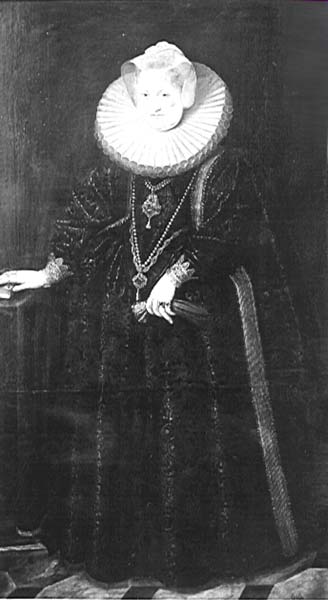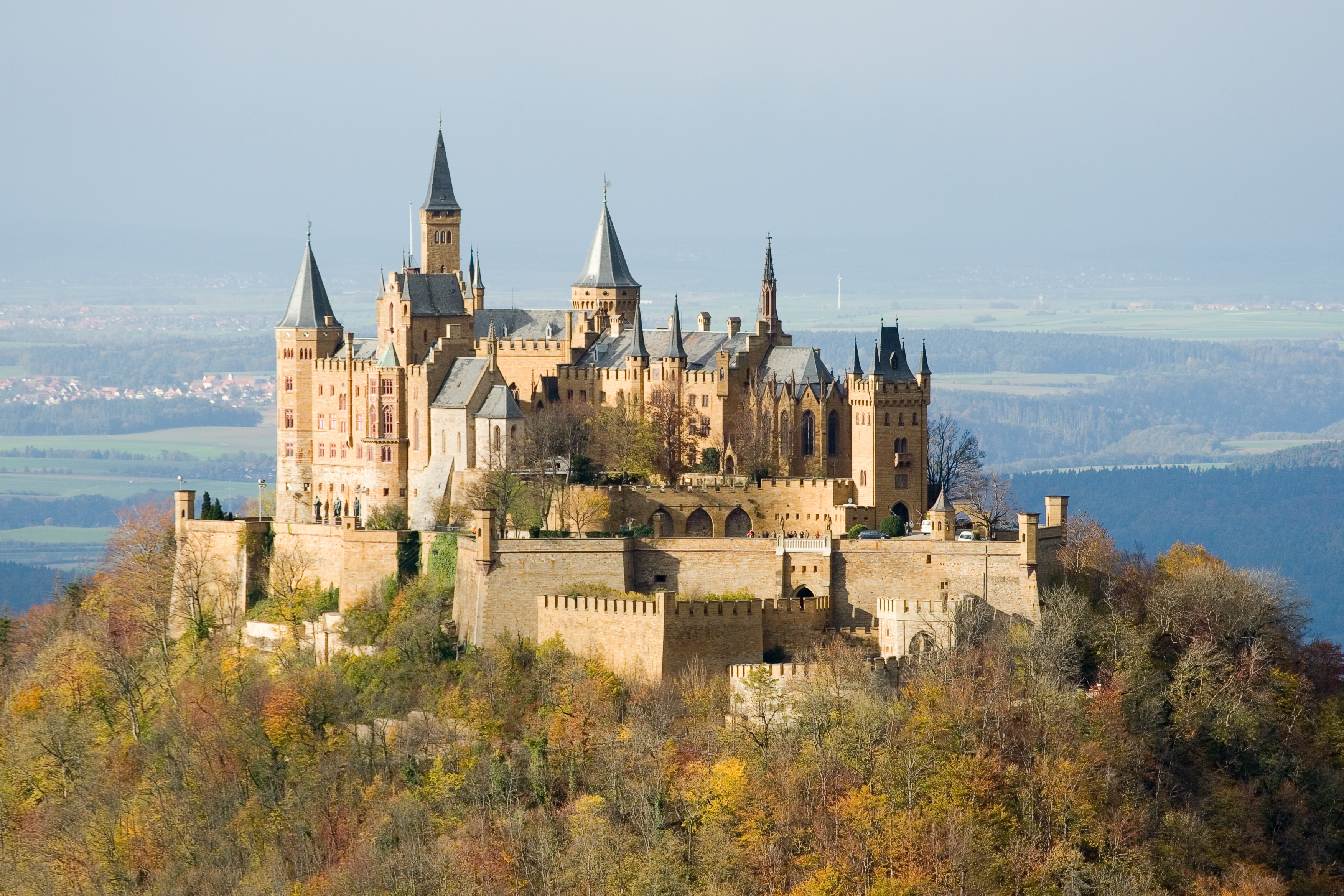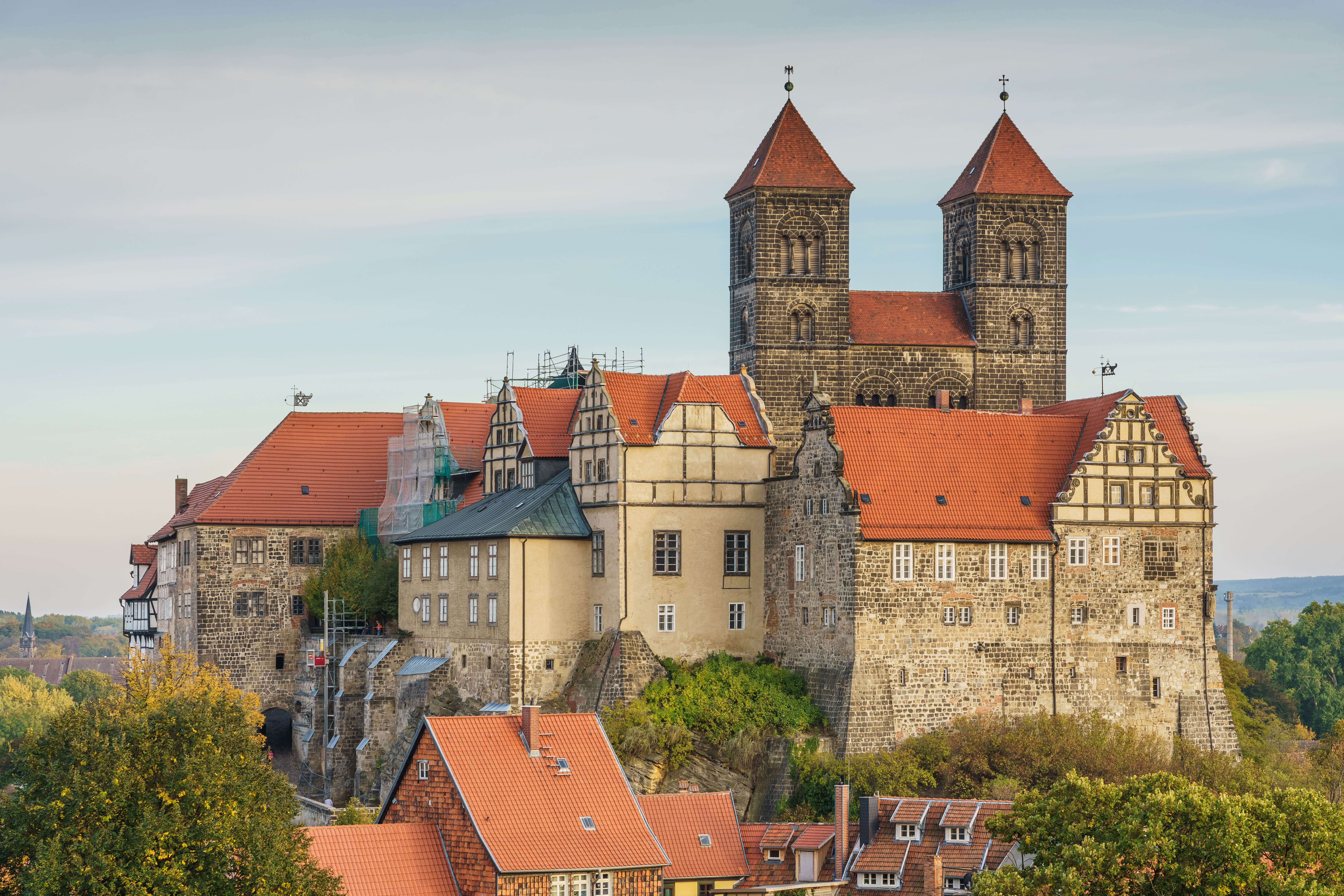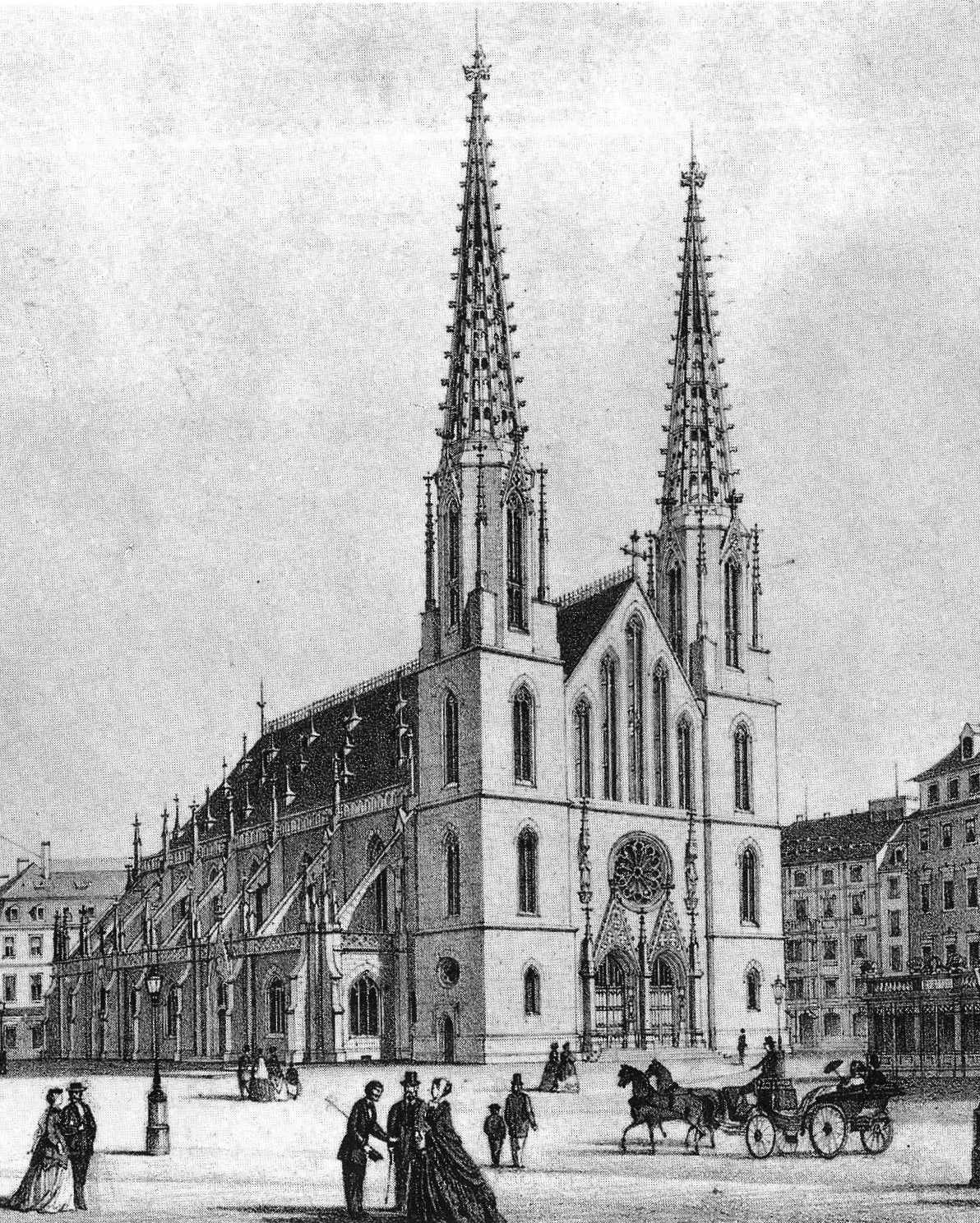|
Sophie Of Brandenburg
Sophie of Brandenburg (6 June 1568 – 7 December 1622) was Electress of Saxony by marriage to Christian I, Elector of Saxony. She was regent from 1591 to 1601 during the minority of their son Christian II of Saxony, Christian II. Biography Sophie was born at Zechlin castle, Rheinsberg, a daughter of the Elector of Brandenburg John George, Elector of Brandenburg, John George (1525–1598) by his second marriage with Sabina of Brandenburg-Ansbach (1548–1575), daughter of Margrave George, Margrave of Brandenburg-Ansbach, George of Brandenburg-Ansbach. On 25 April 1582 in Dresden, Sophie married Elector Christian I, Elector of Saxony, Christian I of Saxony (1560–1591). Sophie was 14 years old at her wedding, and after a year she had her first child. Regency After the death of her husband, who died at age 31, Sophie, together with Duke Frederick William I, Duke of Saxe-Weimar, Frederick William I of Saxe-Weimar, Saxe Weimar, became Regent of the Electorate for her eldes ... [...More Info...] [...Related Items...] OR: [Wikipedia] [Google] [Baidu] |
House Of Hohenzollern
The House of Hohenzollern (, ; , ; ) is a formerly royal (and from 1871 to 1918, imperial) German dynasty whose members were variously princes, Prince-elector, electors, kings and emperors of Hohenzollern Castle, Hohenzollern, Margraviate of Brandenburg, Brandenburg, Prussia, the German Empire, and Kingdom of Romania, Romania. The family came from the area around the town of Hechingen in Swabia during the late 11th century and took their name from Hohenzollern Castle. The first ancestors of the Hohenzollerns were mentioned in 1061. The Hohenzollern family split into two branches, the Catholic Church, Catholic Swabian branch and the Protestantism, Protestant Burgraviate of Nuremberg#List of burgraves, Franconian branch,''Genealogisches Handbuch des Adels, Fürstliche Häuser'' XIX. "Haus Hohenzollern". C.A. Starke Verlag, 2011, pp. 30–33. . which ruled the Burgraviate of Nuremberg and later became the Brandenburg-Prussian branch. The Swabian branch ruled the principalities of Hoh ... [...More Info...] [...Related Items...] OR: [Wikipedia] [Google] [Baidu] |
Frederick William I, Duke Of Saxe-Weimar
Friedrich Wilhelm I (25 April 1562 in Weimar – 7 July 1602 in Weimar) was a duke of Saxe-Weimar. He was the eldest son of Johann Wilhelm, Duke of Saxe-Weimar and Dorothea Susanne of Simmern. Life At the time of the death of his father (1573), Friedrich Wilhelm was still under age; for this, a tutelary government for the duchy was appointed. The Dowager Duchess, Dorothea Susanne, could however not prevent the Elector Augustus of Saxony – from the Albertine line – from being designated as the regent in her place. In 1586, Friedrich Wilhelm was declared an adult and began his independent government over in Saxe-Weimar. Five years later, in 1591, the Elector Christian I of Saxony died and was succeeded by his eldest son Christian II. Because the new Elector was still under age, the regency of the Electorate was assigned to Sophie of Brandenburg, widow of Christian I and mother of the heir. While she became regent, Friedrich Wilhelm was asked to assist and given the ... [...More Info...] [...Related Items...] OR: [Wikipedia] [Google] [Baidu] |
1622 Deaths
Events January–May * January 7 – The Holy Roman Empire and Transylvania sign the Peace of Nikolsburg. * February 8 – King James I of England dissolves the English Parliament. * March 12 – Ignatius of Loyola, Francis Xavier, Teresa of Ávila, Isidore the Farmer and Philip Neri are canonized by Pope Gregory XV. * March 22 – Jamestown massacre: Algonquian natives kill 347 English settlers outside Jamestown, Virginia (one third of the colony's population), and burn the Henricus settlement. This begins the American Indian Wars. April–June * April 22 – Hormuz is captured from the Portuguese, by an Anglo-Persian force. * April 27 – Thirty Years' War – Skirmish at Mingolsheim: Protestant forces under Mansfeld and Georg Friedrich of Baden-Durlach defeat the Imperial forces under Tilly. The Protestants win, but afterwards Tilly links up with a Spanish army under Gonzalo de Córdoba, greatly increasing his strength ... [...More Info...] [...Related Items...] OR: [Wikipedia] [Google] [Baidu] |
1568 Births
Year 1568 ( MDLXVIII) was a leap year starting on Thursday of the Julian calendar. Events January–March * January 6 – In the Eastern Hungarian Kingdom, the delegates of Unio Trium Nationum to the Diet of Torda convene in a session that ends on January 13, during which freedom of religion is debated. * January 28 – The Edict of Torda, Europe's first declaration of religious freedom, is adopted by the Kingdom of Hungary. * February 7 – Members of a Spanish expedition, commanded by Álvaro de Mendaña de Neira, become the first Europeans to see the Solomon Islands, landing at Santa Isabel Island. * February 16 – Fernando Álvarez de Toledo, 3rd Duke of Alba, governor of the Spanish Netherlands issues an edict condemning to death those who rebel against Spanish authority to combat religious unrest. * February 17 – Treaty of Adrianople (sometimes called the Peace of Adrianople): The Habsburgs agree to pay tribute to the Ottomans. * Feb ... [...More Info...] [...Related Items...] OR: [Wikipedia] [Google] [Baidu] |
Electoral Princesses Of Saxony
An election is a formal group decision-making process whereby a population chooses an individual or multiple individuals to hold public office. Elections have been the usual mechanism by which modern representative democracy has operated since the 17th century. Elections may fill offices in the legislature, sometimes in the executive and judiciary, and for regional and local government. This process is also used in many other private and business organizations, from clubs to voluntary association and corporations. The global use of elections as a tool for selecting representatives in modern representative democracies is in contrast with the practice in the democratic archetype, ancient Athens, where the elections were considered an oligarchic institution and most political offices were filled using sortition, also known as allotment, by which officeholders were chosen by lot. Electoral reform describes the process of introducing fair electoral systems where they are not ... [...More Info...] [...Related Items...] OR: [Wikipedia] [Google] [Baidu] |
Quedlinburg
Quedlinburg () is a town situated just north of the Harz mountains, in the Harz (district), district of Harz in the west of Saxony-Anhalt, Germany. As an influential and prosperous trading centre during the early Middle Ages, Quedlinburg became a center of influence under the Ottonian dynasty in the 10th and 11th centuries. The castle, church and old town with around 2,100 Timber framing, timber houses, dating from this time of influence, were added to the UNESCO World Heritage Site, World Heritage List in 1994 because of their exceptional preservation and outstanding Romanesque architecture. Quedlinburg has a population of more than 24,000. The town was the capital of the Quedlinburg (district), district of Quedlinburg until 2007, when the district was dissolved. Several locations in the town are designated stops along a scenic holiday route, the Romanesque Road. History The town of Quedlinburg is known to have existed since at least the early 9th century, when there was a ... [...More Info...] [...Related Items...] OR: [Wikipedia] [Google] [Baidu] |
Elisabeth Of Brünswick-Wolfenbüttel
Elizabeth or Elisabeth may refer to: People * Elizabeth (given name), a female given name (including people with that name) * Empress Elisabeth (other), lists various empresses named ''Elisabeth'' or ''Elizabeth'' * Princess Elizabeth (other), lists various princesses named ''Elizabeth'' * Queen Elizabeth (other), lists various queens named ''Elizabeth'' * Saint Elizabeth (other), lists various saints named ''Elizabeth'' or ''Elisabeth'' ** Elizabeth (biblical figure), mother of John the Baptist Film and television * ''Elizabeth R'', 1971 * ''Elizabeth'' (TV series), 1980 * ''Elizabeth'' (film), 1998 * '' Elizabeth: The Golden Age'', 2007 Music * ''Elisabeth'' (Elisabeth Andreassen album) * ''Elisabeth'' (Zach Bryan album) * Elizabeth (band), an American psychedelic rock/progressive rock band active from 1967 to 1970 * ''Elizabeth'' (Lisa album) * ''Elizabeth'', an album by Killah Priest * "Elizabeth" (Ghost song) * "Elizabeth" (The ... [...More Info...] [...Related Items...] OR: [Wikipedia] [Google] [Baidu] |
Francis, Duke Of Pomerania
Francis of Pomerania (in the older literature sometimes referred to as ''Francis I of Pomerania''; ; 24 March 1577, in Barth, Germany, Barth – 27 November 1620, in Stettin (Szczecin)) was Duchy of Pomerania, Duke of Pomerania-Stettin and Bishop of Bishopric of Cammin, Cammin. Life Francis was the son of Duke Bogislaw XIII, Duke of Pomerania, Bogislaw XIII and his wife, Clara of Brunswick-Lüneburg. At the instigation of his father, he received the best possible education. He indicated at an early age that his interests tended towards knighthood and military affairs. His plans to go to the Saxon court, however were thwarted by John Frederick, Duke of Pomerania, John Frederick, who brought him into the Bishopric of Cammin, the temporalities of secular princely rule of the bishops. In 1592, he was appointed Coadjutor of the diocese; in 1593, he participated in the national synod. In 1594, he made a trip to Vienna and Hungary. He took part in the siege of Esztergom fortress under ... [...More Info...] [...Related Items...] OR: [Wikipedia] [Google] [Baidu] |
Sophienkirche
The Sophienkirche (Saint Sophia's Church) was a church in Dresden. It was located on the northeast corner of the Postplatz (post office square) in the old town before it was severely damaged in the Dresden bombing in 1945 and subsequently destroyed in 1962 by the party and government of the GDR. It was the only Gothic church in the city. History In 1250 the Order of Friars Minor, Franciscans, built a monastery and small church at the location of the future Sophienkirche — this was known as the Franziskanerkloster. Starting in 1331 the original structure was demolished and construction began of a larger church with two equally sized naves. Around 1400, at the southeast corner of the church, the Busmannkapelle was added, a private chapel for the patrician Busmann family to which the Dresden Mayor at the time, Lorenz Busmann, belonged and where he was later buried. The Franciscan monastery was abolished during the Reformation. Sophie of Brandenburg, Hofkirche T ... [...More Info...] [...Related Items...] OR: [Wikipedia] [Google] [Baidu] |
Book Of Judith
The Book of Judith is a deuterocanonical book included in the Septuagint and the Catholic Church, Catholic and Eastern Orthodox Christianity, Christian Old Testament of the Bible but Development of the Hebrew Bible canon, excluded from the Hebrew canon and assigned by Protestants to the Biblical apocrypha, apocrypha. It tells of a Judaism, Jewish widow, Judith, who uses her beauty and charm to kill an Neo-Assyrian Empire, Assyrian general who has besieged her city, Bethulia. With this act, she saves nearby Jerusalem from total destruction. The name Judith (), meaning "praised" or "Jewess", is the feminine form of Judah (son of Jacob), Judah. The surviving manuscripts of Greek translations appear to contain several historical anachronisms, which is why some Protestant scholars now consider the book ahistorical. Instead, the book is classified as a parable, Theological fiction, theological novel, or even the first Historical fiction#Historical novel, historical novel. The Cat ... [...More Info...] [...Related Items...] OR: [Wikipedia] [Google] [Baidu] |
Neumarkt (Dresden)
The Neumarkt is a Town square, square and culturally significant section of central Dresden, Germany. The historic area was almost completely wiped out during the Bombing of Dresden in World War II, Allied bombing during the Second World War. After the war, Dresden fell under Soviet Occupation Zone, Soviet occupation, and later the communist German Democratic Republic, which rebuilt the Neumarkt area in socialist realist style and partially with historic buildings. However, huge areas and parcels of the place remained untilled. After the Revolutions of 1989, fall of Communism and German reunification, the decision was made to restore the Neumarkt to its pre-war look. History Due to its location on a slight rise above the flood-prone Elbe River, the Neumarkt was one of the first areas of Dresden's old city to be settled, with a small village arising around the old Frauenkirche, Dresden, Frauenkirche. However, it was not actually located within the city walls until the city was expa ... [...More Info...] [...Related Items...] OR: [Wikipedia] [Google] [Baidu] |
Königstein Fortress
Königstein Fortress (), the "Saxony, Saxon Bastille", is a hilltop fortress near Dresden, in Saxon Switzerland, Germany, above the town of Königstein, Saxony, Königstein on the left bank of the River Elbe. It is one of the largest hilltop fortifications in Europe and sits atop the Königstein (hill), table hill of the same name. The rock plateau rises above the Elbe and has over 50 buildings, some over 400 years old, that bear witness to the military and civilian life in the fortress. The rampart run of the fortress is long with walls up to high and steep sandstone faces. In the centre of the site is a well, which is the deepest in Saxony and second-deepest well in Europe. The fortress, which for centuries was used as a state prison, is still intact and is now one of Saxony's foremost tourism, tourist attractions, with 700,000 visitors per year. Construction and expansion of the fortress By far the oldest written record of a castle on the Königstein is found in ... [...More Info...] [...Related Items...] OR: [Wikipedia] [Google] [Baidu] |






